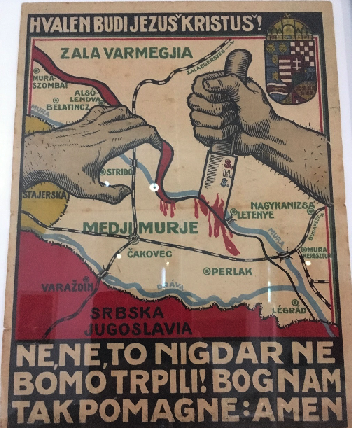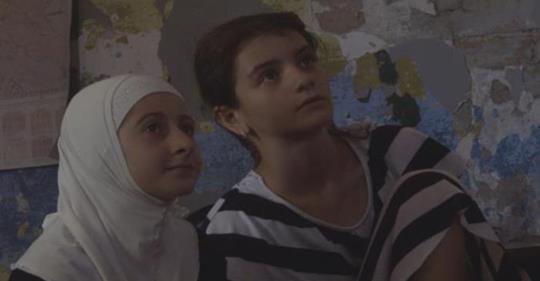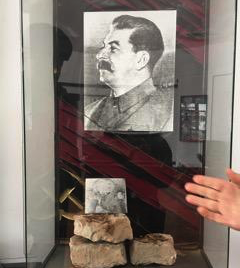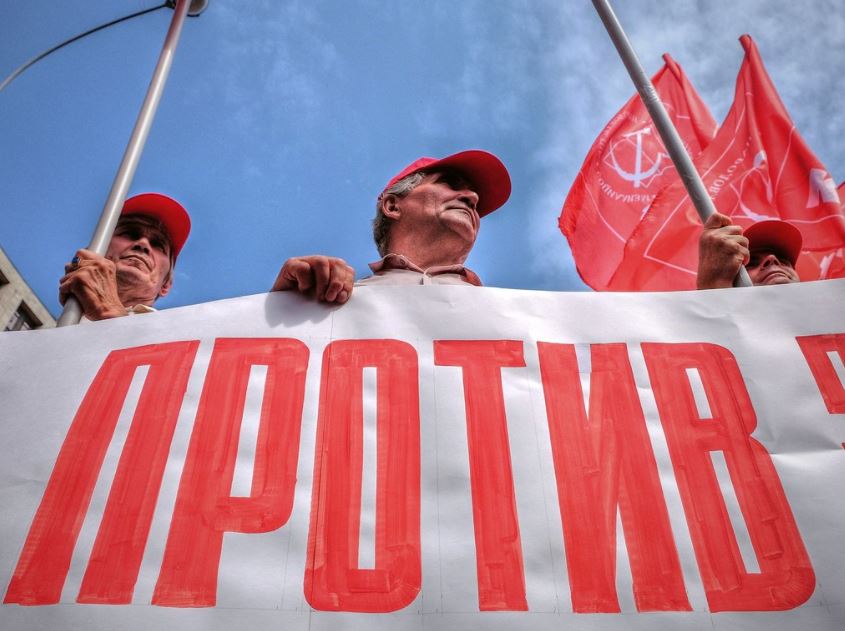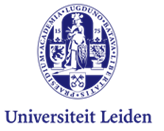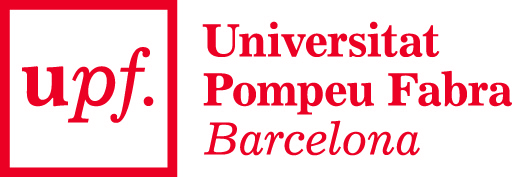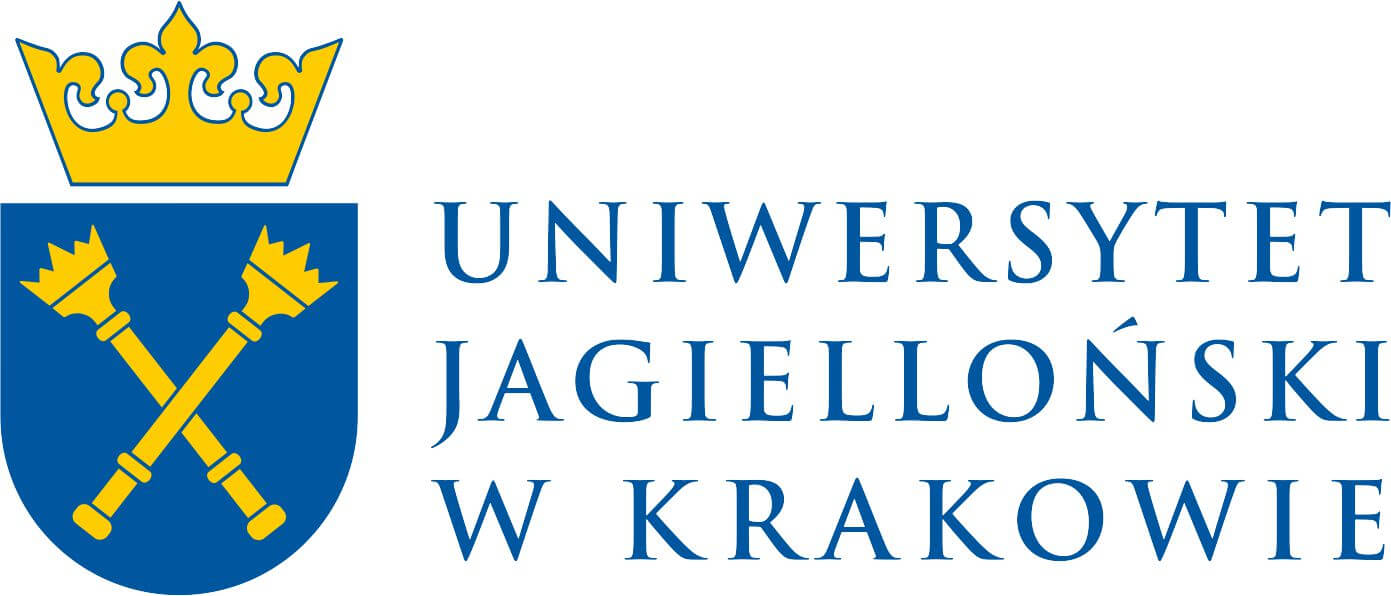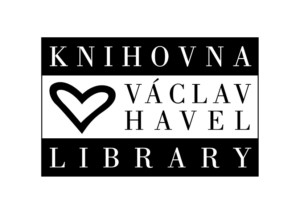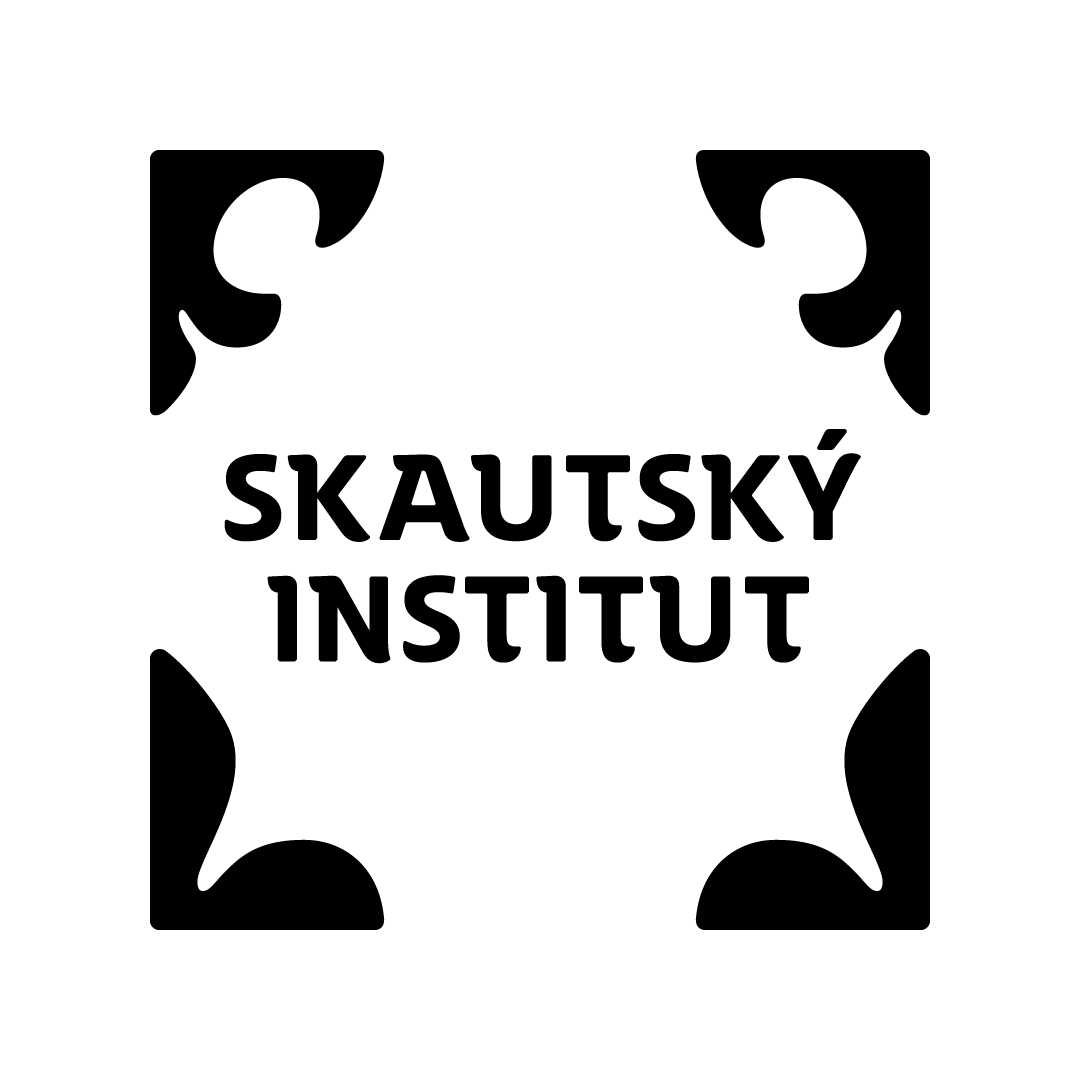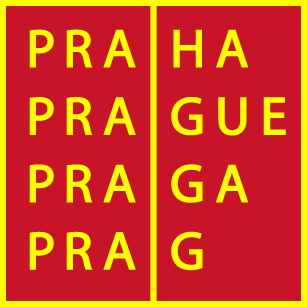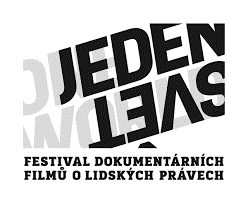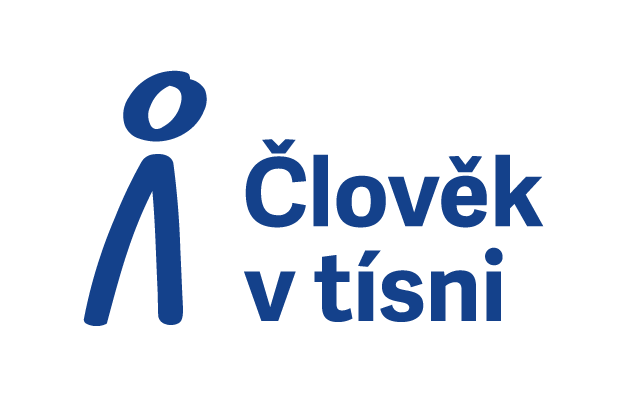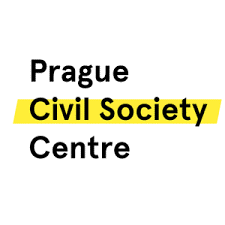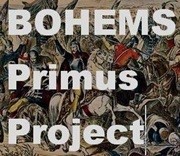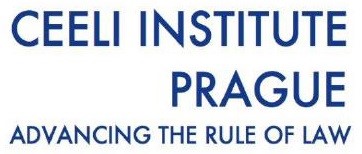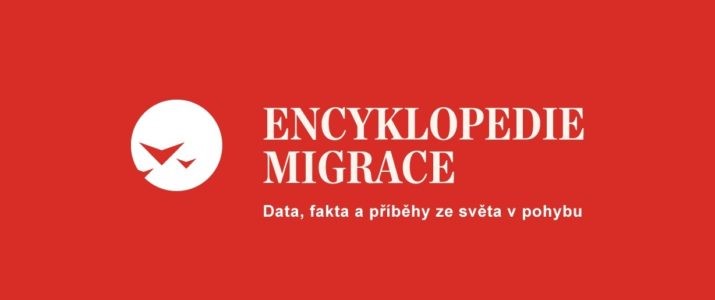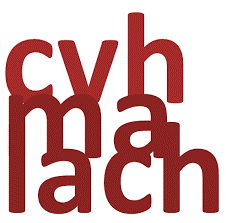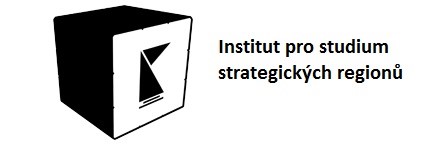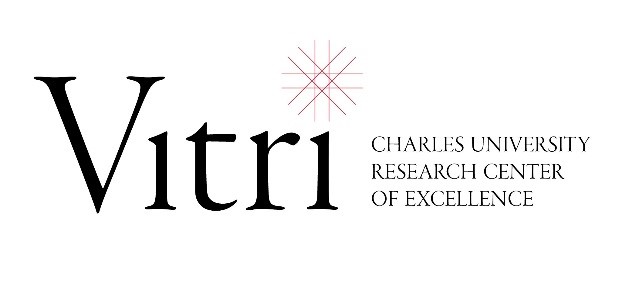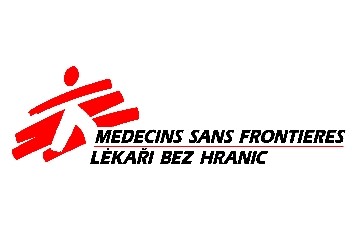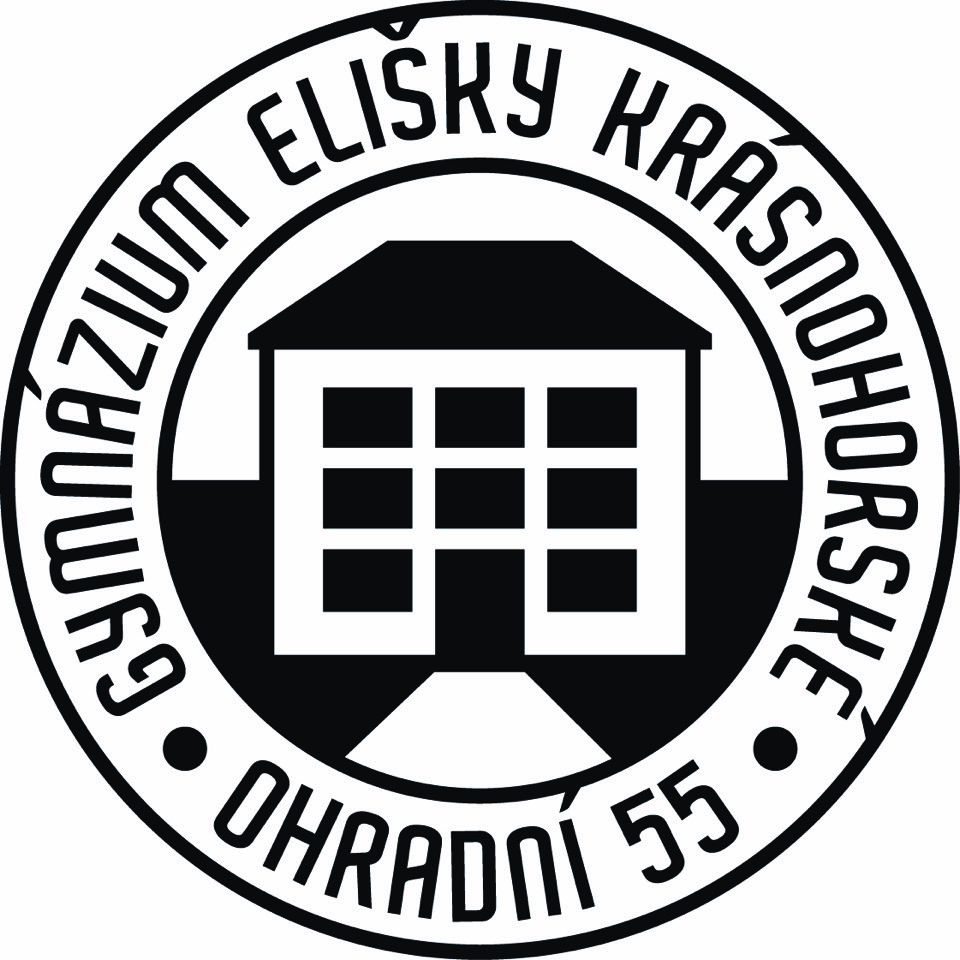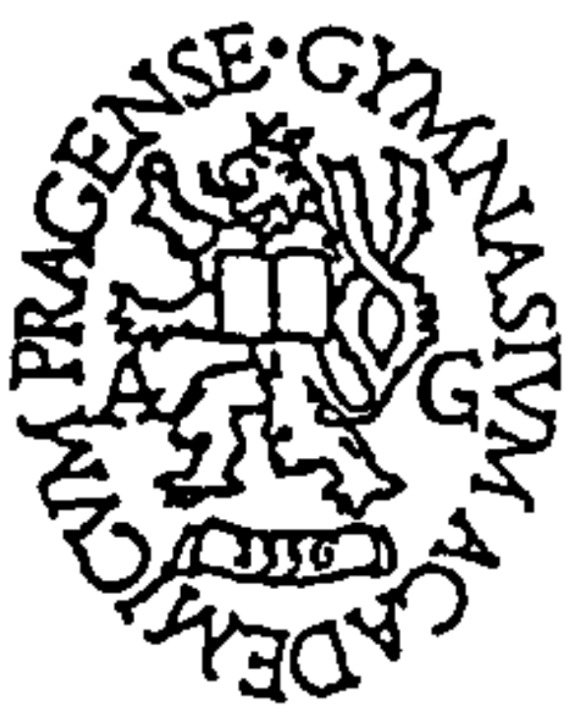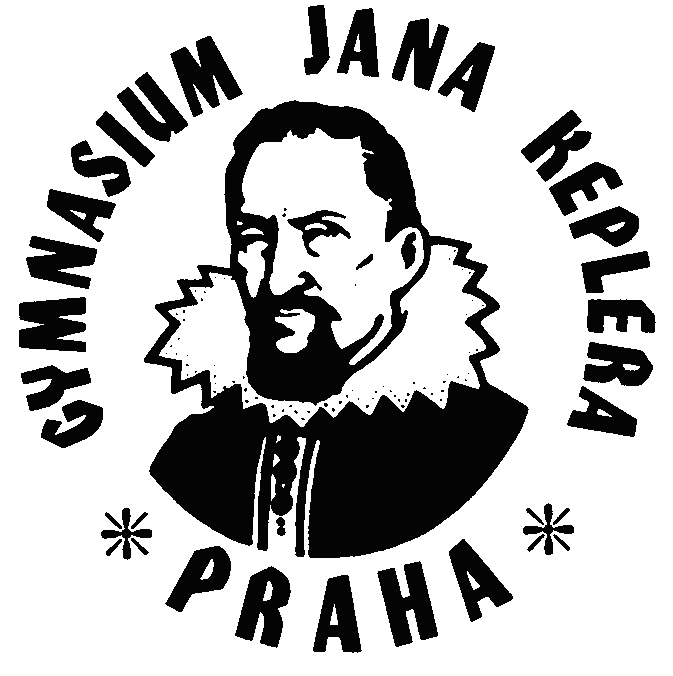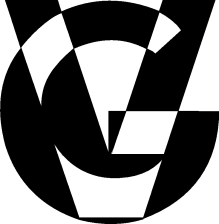Blog KRVS
Blog KRVS
The Cyber-Virus Pandemic: Tackling the Russian Variant

22.12. 2021 - Roman Kolodii
The passing year of 2021 has marked yet another attempt at return to normalcy. Throughout the globe, countries have launched large-scale vaccination campaigns to boost immunity of the population and curb the raging waves of coronavirus infections. Read more
Belarusian students in the Czech Republic
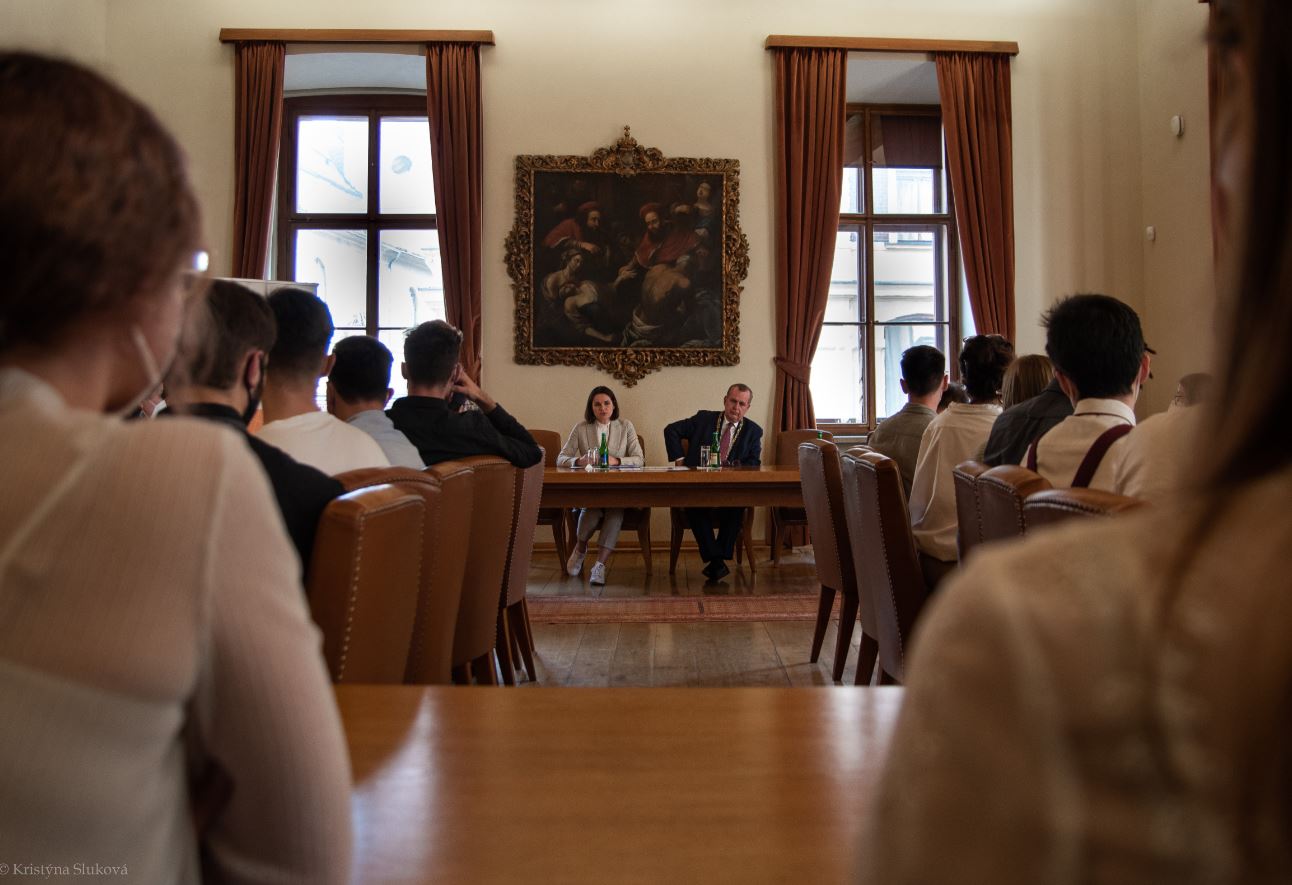
7.6. 2021 - Paul-Henri Perrain
On the occasion of her four-day trip to the Czech Republic, during which she met among others the President of the Republic, M. Zeman, the Prime Minister, A. Babiš, and the President of the Senate, M. Vystrčil, the head of the Belarusian opposition, Svetlana Tikhanovskaya, made a detour via Charles University on Monday, June 7. Read more
COURAGEOUS TURKMEN WOMAN
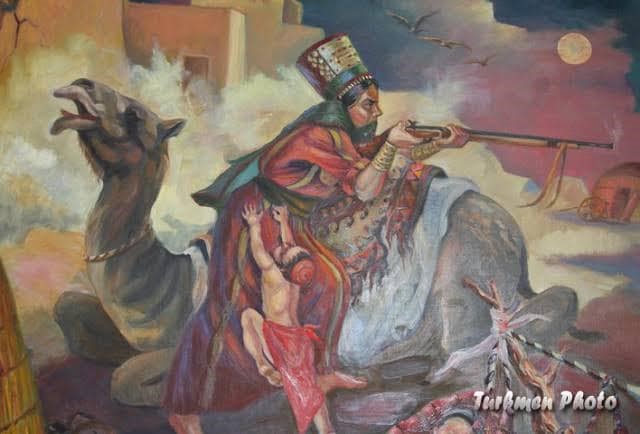
11.2. 2021 - Oguljamal Yazliyeva
A recent image posted on Facebook caught my attention. It illustrates a moment of a Turkmen woman with her child holding a rifle in her hands and defending her home from the enemy. When I looked at this picture, for some reason, I saw the image of my former colleague Soltan Achilova, a veteran independent reporter in Turkmenistan. Read more
WHAT WILL CHANGE IN THE RUSSIAN SYSTEM?
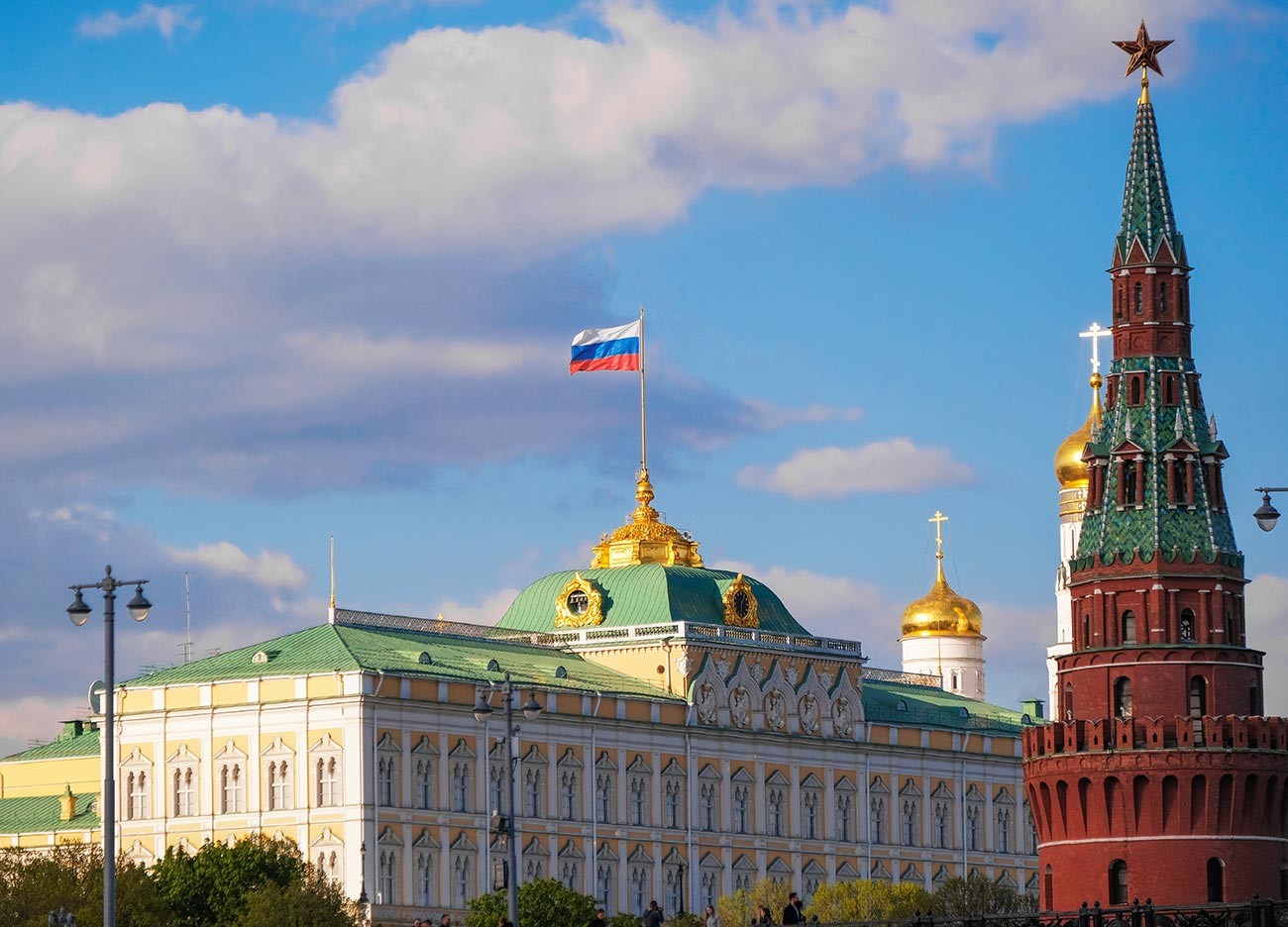
18.12. 2020 - Karel Svoboda
The year 2020 has brought more than one change and a significant event for Russia. The coronaviral pandemic has dampened things (Russia itself is not doing great, to say the least, in the pandemic, but it is far from the only one), but even so, events such as the poisoning of Alexei Navalny, the protests in Khabarovsk, the war in Nagorno-Karabakh, or the replacement of the Russian government in January 2020 were also significant from an international perspective. Read more
How Do Wars Belong in a Museum?
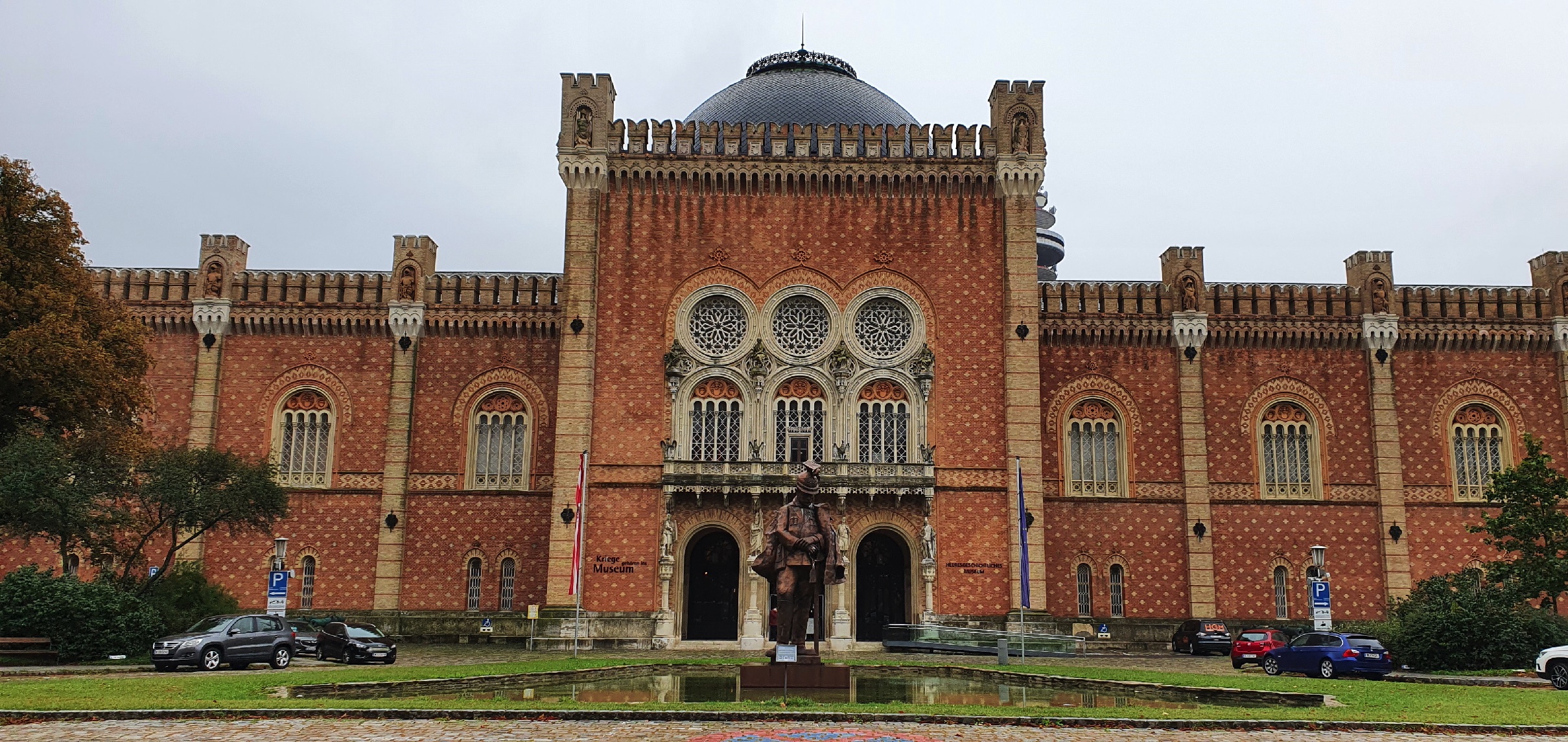
7.10.2020 - Kateřina Králová
I knew it, I simply knew that sooner or later this would come. I was only waiting for THE moment. And yes, indeed, at the end of the day, after a month in Vienna, the Museum of Military History was the first one I visited here, with my husband by my side. But it all happened rather differently than I expected. Read more.
Kyjevský Majdan očima českých novinářů
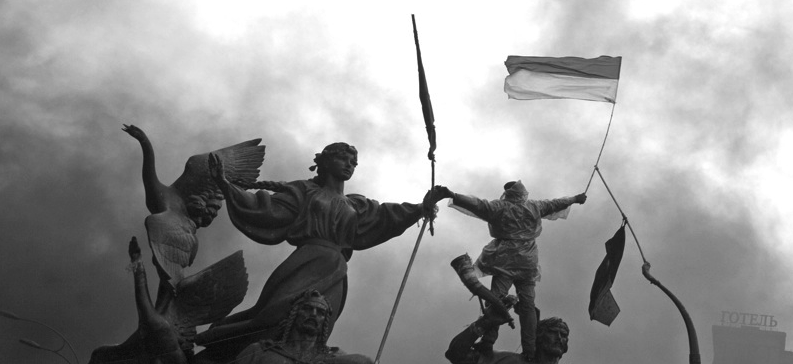
Knihovna Václava Havla,
9.3. 2020
Emma Letham
Od revoluce na Ukrajině uplynulo šest let a většina z nás na ni kvůli dnes již velmi ojedinělé mediální reflexi pravděpodobně téměř zapomněla. Čeští publicisté s moderátorem Petrem Vizinou se ji proto rozhodli připomenout debatou v Knihovně Václava Havla. Poutavý, místy až syrový popis únorových událostí v Kyjevě poskytli David Stulík, Jakub Szántó a Josef Pazderka, kteří byli přímo v centru dění. Read more
Blízký východ a Evropská unie: jaká je naše role?

Café Evropa, Evropský dům
24. 2. 2020
Emma Letham
Setkání odborníků a široké veřejnosti v Café Evropa na téma vztahu Evropské unie k Blízkému východu, které proběhlo v pondělí 24. 2., mě nalákalo svým kontroverzním tématem a také překvapilo svou rétorikou, na kterou ve veřejné diskuzi na toto téma nejsem zvyklá. Navzdory možným očekáváním se konverzace netočila kolem ozbrojeného konfliktu a vojenské intervence, ani kolem odrážení migrantů od evropských hranic, z něhož se (nejen u nás) stalo obzvlášť oblíbené politikum. Read more
Museum “Alija Izetbegović” – a symbol of multiethnic Bosnia and Herzegovina?
24 Oct 2019
Ondřej Žíla //
 Above picturesque Baščaršija, the heart of Old Sarajevo, there is the museum dedicated to the first Bosnian president, Alija Izebegović. The exhibition was opened in 2007 on the fourth anniversary of his death as a part of the Kovači Cemetery and War memorial complex. The museum occupies two beautiful towers, Kapi-kula Ploča and Širokac, that have been part of the fortress wall since the 18th century. Read more.
Above picturesque Baščaršija, the heart of Old Sarajevo, there is the museum dedicated to the first Bosnian president, Alija Izebegović. The exhibition was opened in 2007 on the fourth anniversary of his death as a part of the Kovači Cemetery and War memorial complex. The museum occupies two beautiful towers, Kapi-kula Ploča and Širokac, that have been part of the fortress wall since the 18th century. Read more.
A small plaque to a great hero in Bohušovice nad Ohří
18 Nov 2019
Ondřej Klípa //

This year, I had the chance to again see the railway station at Bohušovice nad Ohří. To be honest, there is not much I would like to see in this small and shabby North Bohemian town. Yet, this tiny railway station played a crucial role in the fate of (mostly) Czech Jews and in a story that captured my life for the better half of a decade… But let´s begin in late 1941. Read more.
A day with Bishop of the Serbian Orthodox Church in Croatia: Challenges of field-research in post-conflict societies
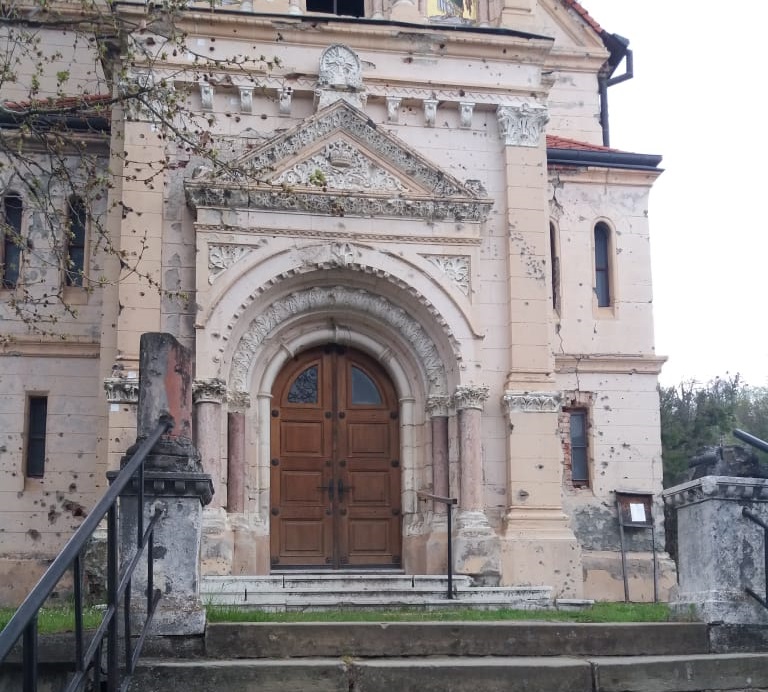
10.9.2019 Karin Hofmeisterová
It turned out to be precarious to travel to Pakrac, the town in Western Slavonia, where the first showdown between Serbs and Croats took place at the beginning of March 1991, marking the outbreak of the war in Croatia. “There is only one option for getting there today,” said a lady in the information office at the main railway station in Zagreb, wondering what I could possibly be doing in Pakrac. It was just the first “only” which became somehow characteristic of Pakrac and my research-trip. Read more.
Chceme víc zahraničních pracovníků. Investovat do integrace se nám ale nechce

11.9.2019 Barbora Chrzová
Když se řekne migrace, většině lidí se vybaví čluny s uprchlíky, námořní hlídky, ploty u hranic či policie se psy. Přestože nás však média stále zaplavují obrázky lodí zachraňujících tonoucí migranty ve Středozemním moři, skutečná migrace do České republiky má naprosto odlišnou podobu. Jedná se totiž především o migraci pracovní, a to zejména ze států Evropské unie a Ukrajiny. Zatímco o azyl v u nás během roku 2017 požádalo méně než 1500 osob a udělen byl pouze 29 z nich, počet zaměstnaných cizinců v témže roce vzrostl o 90 tisíc. Čtěte dále.
PREKMURJE (SLOVENIA): A SMALL REGION WITH RICH HISTORY AND CULTURE
25 Mar 2019
Inspired by an article by Oto Luthar* about the multiethnic region of Prekmurje located in today’s Slovenia, I decided to spend a few days in this area, exploring the local culture, history and museums. Prekmurje is a historical region in eastern Slovenia, which until the dissolution of the Austro-Hungarian Empire after World War I belonged to the Hungarian part of the monarchy and, therefore, still remain a rich mixture of Slovene and Hungarian speakers today. Read more
AN ‘INVOLVED’ PERSPECTIVE ON THE PANKISI GORGE IN ‘BEFORE FATHER GETS BACK’ (2018); SCREENING IN JEDEN SVĚT FESTIVAL IN PRAGUE
14.3.2019 Adrian Brisku
This year between 6th and 17th of March, the International Human Rights Documentary Film Festival One World (Jeden Svět) – the world largest film festival on human rights established in 1999 in Prague – is showing numerous documentary films in Prague and other cities in the Czech Republic. Among the films showing in this year’s programme is a documentary film titled ‘Before Father Gets Back’ (Než se otec vrátí) – a Georgian, French and German production – by Georgian director Mari Gulbiani that premiered on the 10th of March at the small hall of Světozor cinema. Read more.
WHAT IS PAST IS NOW PRESENT. KYRGYZ MEMORIES
6.3.2019 Oguljamal Yazliyeva
My field research trip to the Kyrgyz Republic started in Bishkek, the capital city of this picturesque country with massive mountain ranges. I was very much impressed by the story of a lovely lady, the only staff of the historical museum I have met during my visit to the Ata-Beyit national historical memorial complex on the second day of my arrival. The name of the memorial in Kyrgyz means “Grave of Our Fathers”. Read more.
PENSION REFORM IN RUSSIA – WHAT CAN WE LEARN FROM THE SITUATION?
5.9.2018
Jan Koutník
For years Russian president Vladimir Putin categorically rejected the possibility of raising the retirement age in Russia. In 2018 he will probably abandon his promises. The State Duma has already approved the legislation bill raising the retirement age. The reaction of the public was immediate and massive in the Russian scale. How to understand the current situation? What are the implications of the pension reform in Russia?
The Murder of Investigative Journalist Ján Kuciak – a Trigger of Real Political Changes in Slovakia?
7.8.2018
Natália Vlkovičová
Crowded Slovak National Uprising Square in Bratislava on the 16th March demonstration. Source: čas.skThe 26th of February 2018 happened to be a day that strongly influenced the whole Slovak (and European) public. On this day it was announced that the Slovak investigative journalist Ján Kuciak and his fiancée Martina Kušnírová, who were shot in their house in the Veľká Mača village in the south-west of Slovakia, had passed away.
The Hostel on the Hill
30.5.2018
Fil Sys
It is one thing to write about Roma related Human Rights from behind a laptop, but it is another thing altogether to experience for yourself the challenges faced by the Roma community and the charities trying so hard to provide services. I got this opportunity with the “Roma Social Exclusion” class; taught by Dr. Ondřej Klípa at the Charles University Humanities Faculty in Prague. Our class took two buses to meet with the charity Člověk v Tísni (People in Need) in Kladno. The charity, in Czechia, concerns itself mostly with the Roma community and, during our time in Kladno, we learnt some hard but honest truths from the representative social worker.
“ARABIC” ILIDŽA: THE ONLY “MULTICULTURAL” QUARTER OF SARAJEVO?
29.7.2018 Ondřej Žíla
Sarajevo’s Ilidža is known for being an important transport hub, a spa district with an Austro-Hungarian atmosphere and a beautiful promenade leading to the springs of the river Bosna. These are the most common associations among Bosnians when it comes to this quarter, located at the outskirts of the capital city. Yet recently, any reference to or debate about Ilidža in Bosnia has been almost exclusively concerned with newcomers from the Arab world and their foreign investments.
TREST ZA KRITIKU KREMLU ČI ZA NEDOSTATEK PROFESIONALITY?
3.6.2018 Karel Svoboda
Není to asi příběh, který bude plnit stránky novin po světě. Dokonce to ani zase tolik nevypovídá jen o Rusku, protože si stačí vzpomenout na případ Enron. Přesto je situace kolem analytika největší ruské banky Sberbank, jmenovitě tedy její investiční divize Sberbank CIB, Alexandra Faka, zajímavá. Tento člověk byl spolu se svojí kolegyní Annou Kotelnikovou hlavním autorem analytických zpráv o Gazpromu a Rosněfti. V nich přitom netvrdí nic menšího než to, že obě společnosti jsou ohromným způsobem neefektivní a že rozhazují peníze na projekty, které nemají s jejich hlavní činností vůbec nic společného. Nutno říci, že kdo se aspoň trochu o operace těchto dvou společností zajímá, nebyl výsledky zpráv nijak překvapen. Přesto, byl po vydání tohoto reportu ze Sberbank CIB v květnu 2018 vyhozen.
DISPELLING THE MYTHS ABOUT “THE NATIONALIST CONSTANTIN BRÂNCUŞI”
28.5.2018 Maria-Alina Asavei
After a short visit to Constantin Brâncuşi’s studio, reconstructed on the piazza at the Centre Pompidou in Paris, I remembered that in his country of birth (Romania), the renowned modern sculptor - and his artistic legacy - is often associated in public discourse with a “genuine Romanian ethos.” I always wondered, while gazing at his famous sculptures (e.g. The Endless Column, The Gate of the Kiss, The Table of Silence), what this supposed “Romanian ethos” was supposed to mean. A recent exhibition in Sfantul Gheorghe (a small town in Transylvania, Romania) entitled The Sons and Daughters of Brancusi: A Family Saga (2016) – curated by Alexandra Croitoru - attempted to dispel the myths about the nationalist Constantin Brâncuşi. The world acclaimed Romanian-born artist (and student of Auguste Rodin) Constantin Brâncuşi is currently remembered in the Romanian cultural sphere in the context of the “art-builds-the-nation” narrative. His image/persona and his prominent sculptures are subject to national pride, the branding of Romania in tourism campaigns and religious reverence. The Romanian Orthodox Church emphasizes the cultural activity of Brâncuşi and calls him “Notre Seigneur Brancusi – Le Crist De Roumanie” (Credincios bătrân, 7 oct. 1986; Paris).
ADVENTIST CHURCH IN SERBIA: A THREAT TO THE SERBIAN ORTHODOX CHURCH?
15.5.2018 Karin Hofmeisterová
The headquarters for the northern district of the Christian Adventist Church in Serbia is a newly renovated spacious building located near the city center of Novi Sad. As many locals say, it is a very lucrative place. There are three smaller churches, one of which holds ceremonies in Hungarian. On January 20, the day of Saint John the Baptist, when many Serbian families celebrate their Slava – the Serbian Orthodox tradition of the ritual glorification of a family’s patron saint – around 200 believers attended the service in the central Adventist church. As one of the pastors, Stevan Mirčeta, told me, the number was below average. Yet, two parallel services were taking place, one being adjusted to younger members, and both were streamed online. It shows that it is a very lively religious community which, according to statistics from 2010, consists of around seven to eight thousand active believers and several thousand supporters. It makes the Adventist Church the most numerous non-traditional protestant church in Serbia, a dominantly Orthodox country.
CENTRAL ASIA AFTER ASTANA: FROM INTEGRATION TO COOPERATION
30.4.2018 Slavomír Horák
After the March 15 meeting of Central Asian leaders in Astana, analyses, news and reports increasingly use words such as “integration” or “new beginning” to describe political developments in Central Asia. Some Russian media have speculated in the beginning of the next phase of separation from Moscow. However, the “consultative meeting” in Astana should be understood in a completely different manner. The word “integration” reminds us of previous, less successful attempts at regional cooperation in Central Eurasia and so far, no comprehensive integrational concept has materialized. Yet, the Astana meeting was the first of its kind in many years and President Nazarbaev, summing up the results, underlined its informal character and even compared the format to the Visegrad group in Central Europe. Read more
CENTRAL EUROPE. READ MORE “LONG LIVE THE SERBIAN NATION!”: THE REPUBLIKA SRPSKA COMMEMORATION OF JASENOVAC VICTIMS
27.4.2018 Barbora Chrzová
On Sunday April 15, a commemoration to victims of the WWII Ustasha concentration camp Jasenovac, among which were a large majority of Serbs, was held in the memorial zone Donja Gradina* in the Republika Srpska (RS), the predominantly Serbian entity of Bosnia and Herzegovina. The event, attended by hundreds of citizens of the RS, was directly broadcast by the main entity television station RTRS and occupied the main pages in daily newspapers in the RS; still, this event passed basically unnoticed by any international media. The lack of attention was not surprising, however, given that information about the date of the commemoration was released only 12 days prior to the event and aimed solely at the local public.
HOW TO GET PUBLISHED? AT LEAST IN HUMANITIES…
26.3.2018 Barbora Chrzová and Kateřina Králová
Once I overheard a decision-making statement from a promising student who I was hoping to enroll for doctoral studies. She asserted that she would never pursue an academic career since you were condemned to a life of suffering from harsh criticisms delivered by anonymous colleagues at whose identity you could only guess. Having some family members in academia, she knew what she was speaking about. One might be obstinate and optimistic, but usually there is a moment for all of us when we think that what doesn't kill us does not necessarily make us stronger. For the past 12 years that I’ve spent in academia, I have been following young people decide whether or not to enter into academic circles. My co-author, Barbora, did just that, and we together decided to write our observations about the challenge of getting published.
BRUCE LEE V MOSTARU – SYMBOL SOLIDARITY V ETNICKY ROZDĚLENÉM MĚSTU?
13.3.2018 Ondřej Žíla
V roce 2005 odhalila skupina aktivistů z neziskového sdružení Městské hnutí v Mostaru bronzovou skulpturu legendární filmové hvězdě Bruce Leemu. Socha byla umístěna v parku v západní části Mostaru nedaleko hlavní ulice Bulevar, která je pomyslnou rozdělovací třídou mezi „chorvatskou“ (západní) a „bosňáckou“ (východní) částí města.
STARO SAJMIŠTE: FORGOTTEN PLACE OF MEMORY?
21.2.2018 Karin Hofmeisterová
I came by Staro Sajmište several times when visiting Belgrade. Even though I knew this was the largest concentration camp run by Nazis in occupied Serbia during World War II, I never realized that unkempt settlement on the Sava River bank, just next Belgrade’s busiest bridge, was the remnants of the former camp. Most Belgrade locals aren’t even aware of its existence in the very center of the Serbian capital, let alone the tragic history of this place.
SREBRENICA: FOUR SEASONS IN THE SILVER VALLEY
11.2.2018 František Šístek
We all know the place from the news. At least we think we know since we have seen those scenes many times: the rows of green coffins, the white marble gravestones, the weeping women with baggy trousers shrouded in headscarfs, the politicians in dark suits, their bodyguards with sunglasses, the reporters, the interpreters, the cameramen and the occasional green hills in the background.
SHARED SACRED SITES: ON RELIGIOUS TOLERANCE AND THE MEMORY OF PEACEFUL COEXISTENCE
9.12.2017 Nikola Karasová
Between September and December 2017, the municipality of Thessaloniki in Greece is hosting a series of exhibitions within a project called Shared Sacred Sites. The attention of the exhibitions is focused on a distinct phenomenon, not unusual in the Mediterranean area, of sacred sites that are commonly used by Christians, Jews and Muslims while also being shared by them irrespective of their denomination.
LE(E)NIN A BOJ JIŽANSKÝCH DCER KONFEDERACE

12.2017 Ondřej Klípa
Kongregace a církevní sbory v okolí mého bydliště v Chicagu nabízejí kurzy zaměřené na smíření politicky rozštěpených rodin. Jde v podstatě o to, aby si byli schopni například rodiče s dospělými dětmi sednout společně ke stolu na Den díkůvzdání nebo na Vánoce. Vedle globálních problémů jako je postoj k Rusku, islámu nebo klimatickým změnám, je hlavní příčinou hádek i řada témat ryze amerických.
WHOSE MEMORY? THE COMMEMORATIVE SITE OF NAZI MASSACRE IN THE PIVA REGION IN 1943
26.11.2017 Karin Hofmeisterová
It was not easy to find Dola, a small settlement in the Piva region of Northwestern Montenegro. It’s not even on a map. Yet it plays an important role in the memory of local inhabitants as well as in the collective memory of suffering in the Second World War.
KYRGYZSKÉ VOLBY NEBO PŘEDÁNÍ MOCI?
2.11.2017 Slavomír Horák
V neděli 15.10.2017 skončilo první kolo kyrgyzských voleb. Již od dob prvního kyrgyzského prezidenta se o každých volbách v zemi hovoří jako o klíčových a převratných. Tyto volby měly být po dlouhé době první, které nepředcházely či nenavazovaly na nestandardní změnu prezidenta.
ON BRITISH RULE IN CYPRUS
27.10.2017 Nikola Karasová
In many European countries it is still rare to find a good-quality museum that would cover in an un-biased way the history of the respective area and its inhabitants in its whole time span including its most recent political development.
PROČ RUSKO PODPORUJE EVROPSKÉ RADIKÁLY?
22.10.2017 Karel Svoboda
Hned na začátku chci říci, že článek nemá být dalším ze sledování ruské stopy, které je v současné době mezi různými analytiky či bezpečnostními experty populární. Cílem je spíše pochopit, proč Rusku a jmenovitě Vladimiru Putinovi tak vyhovuje sepjetí s lidmi, jako je Marine LePen či ještě radikálnějšími na jedné straně, stejně jako extrémní levicí na straně druhé. A proč tato podpora končí, jakmile dojde na samotné Rusko. Vysvětlení je přitom nutné hledat uvnitř Ruska.


